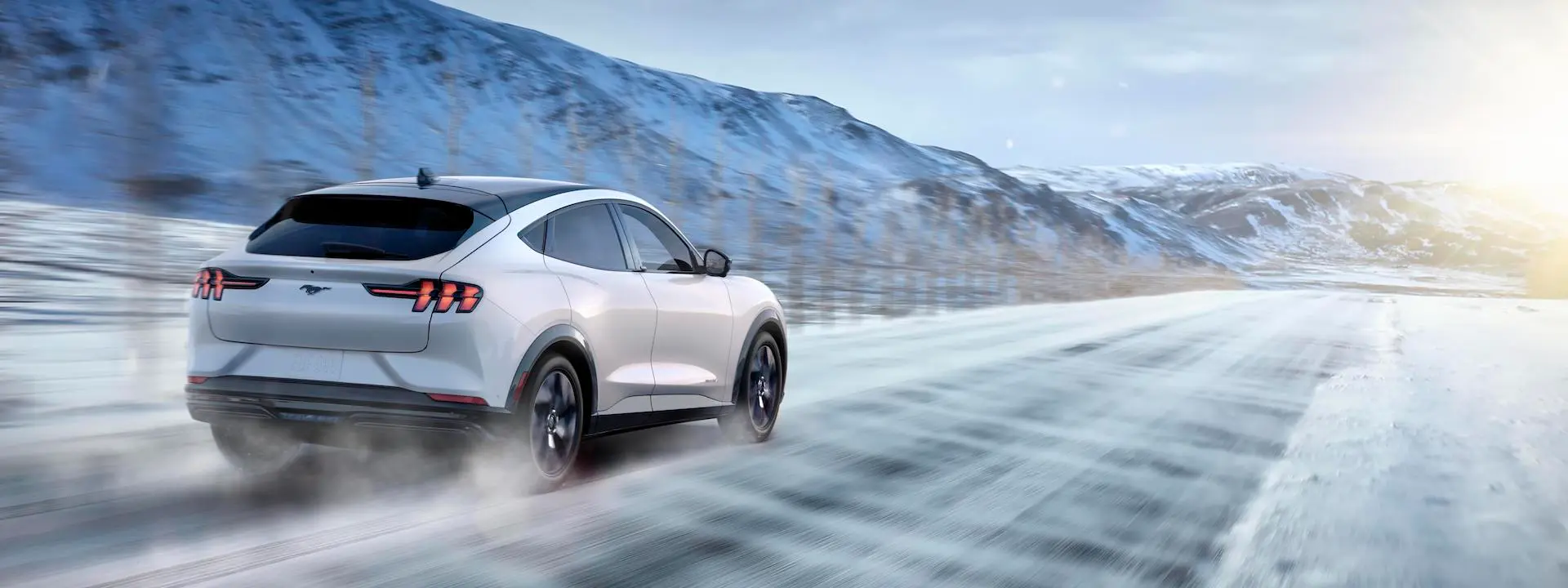
Have you ever wondered what the challenges of driving an electric car are in the winter and how to cope with them? Cold temperatures can have a significant impact on the battery range and performance, reducing it up to 40% in extreme cases due to slow lithium ion movements. It also requires special attention to tires, brakes, and windshield wipers, as well as new driving techniques to adapt to the effect of cold weather on visibility, regenerative braking, and handling.
Let’s see the necessary things to keep in mind for an EV driver while driving in winter.
Preparing Your Electric Car for winter
A. Battery maintenance
- Keep the battery at an optimal temperature between 15-35 °C as per wallbox.
- Check the battery’s health and range regularly
- Avoid using the battery until it is almost empty, this will help maintain the battery’s health and range during cold weather.
B. Upgrading to winter tires
Upgrading to winter tires is crucial for EV driving in the winter. These tires have a specialized tread pattern and rubber compound that provides better traction and handling in cold and snowy conditions. This will ensure better grip, braking, and handling during cold weather, especially when driving on icy or snowy roads.
C. Make sure windshield washer fluid is rated for freezing temperatures
Replace worn wiper blades to ensure good visibility during wet and snowy conditions. Make sure that the windshield washer fluid is rated for freezing temperatures. Normal washer fluid can freeze at temperatures below 32°F (0°C), which aren’t recommended for winter or leave a residue on the windshield that can obstruct your view.
Maximizing the Range of your electric car in Cold Weather
A. Preconditioning the car before driving
- Warm up or preheat the battery and cabin of the car before driving, which will warm up the EV and make it more efficient.
- Minimize the use of heating and defrosting while driving, this will help to conserve energy and extend the range of the battery.
- If your electric vehicle has the feature of “scheduled departure”, take advantage of this feature to precondition the car while it’s still plugged in,
B. Tips for maximizing the use of regenerative braking in cold weather
- Try to anticipate stops and decelerate gradually rather than sudden braking, this will help the car to capture more energy through regenerative braking.
- Be mindful of the road conditions, and avoid heavy regenerative braking on icy or slippery roads, as this can decrease the car’s stability.
Prefer to drive in “ECO-MODE” in snowy winter
Driving in “ECO-MODE” during the snowy winter season is preferable as it helps to conserve energy, prolong the range of the battery and improve the vehicle’s overall efficiency. This mode typically reduces the power usage of non-essential features such as air conditioning and seat heaters and adjusts the vehicle’s powertrain to prioritize energy conservation. Doing this, will help to maintain the range, and extend the life of the battery.
Summing Up
Driving an electric vehicle in the winter demands preparation and timely planning to ensure the car is ready for the cold weather, and to conserve energy. This includes proper battery maintenance, upgrading to winter tires, preheating the car before driving, using regenerative braking, and planning the route to take advantage of charging stations.
Be prepared and get the maximum potential of your EV even in winter!


